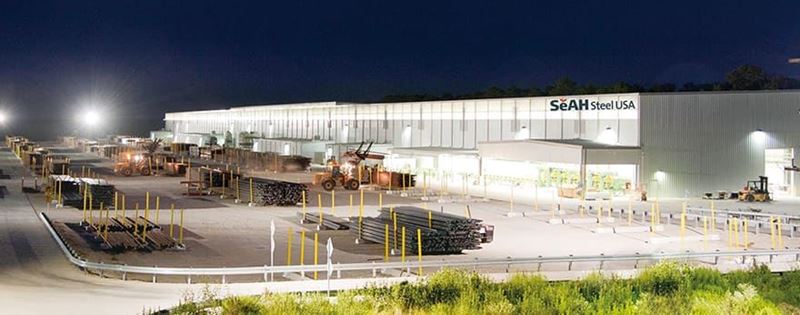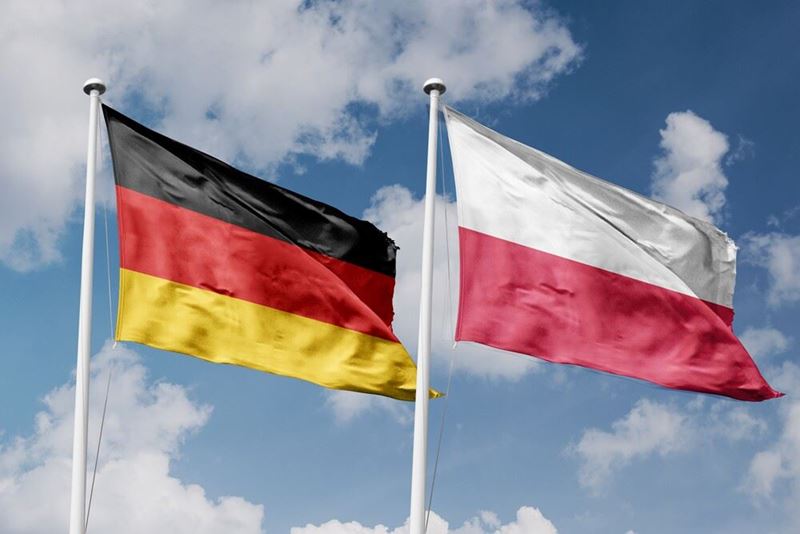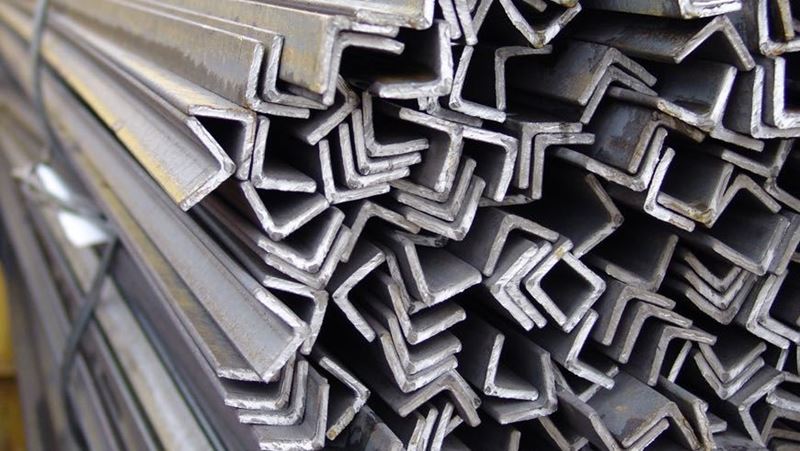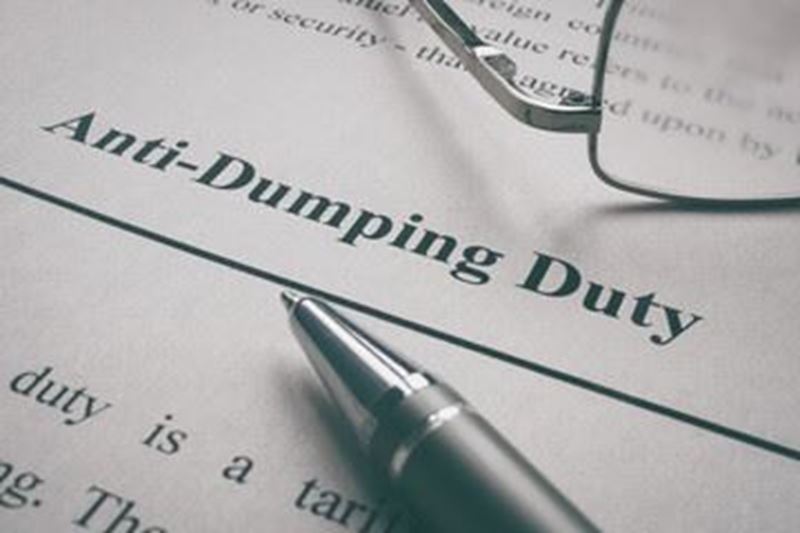Australian mining giant BHP has said that global crude steel production is expected to decrease in the calendar year 2020, with the strong growth in China offset by sharp decreases in the rest of the world. A decline of between 6% for crude steel and 3-4% for pig iron is expected. Our preliminary assessment for the calendar year 2021 is that there will be a similar percentage increase to the 2020 decrease for pig iron, with some delay, as scrap availability rises and scrap costs decrease, and as production competitiveness is regained from the electric arc furnace fleet. Over the next decade, we predict that global steel production will increase slightly faster than population growth, with a slow decline in China balanced by growth in the developing world led by India.
BHP has stated that "Global crude steel production became geographically highly imbalanced before COVID-19. In the calendar year 2019, China expanded by approximately 8.25% while the rest of the world contracted by around 1.5%. The gap has widened further under COVID-19 and while China is on track to increase production moderately in the 2020 calendar year, production originating outside China is expected to decline by a double-digit percentage. China's production reached a billion tonnes, from 996 million tonnes in the calendar year 2019. The approximately 2% growth that we estimate for the calendar year 2020 will see reported annual production movements comfortably above the mystical nine-zero level."
BHP has stated that "China's blast furnace utilization rate increased well above approximately 80% in February 2020 to over 90% in June. Alongside fluctuations in electric arc furnace usage from 50-60% to 60-70% (from 12% overall), this has resulted in 1,117 Mtpa in June 2020 (+4.5% YoY). Annual production of 1.004 billion tonnes from the start of the year is broadly consistent with our base case. Faster growth for pig iron compared to crude steel is expected in the 2020 calendar year, reflecting limited scrap availability for Chinese EAF plants. A reversal of steel/pig iron relativity is expected in the 2021 calendar year as scrap availability is likely to be supported by a change in import policy."
BHP says, "In the March quarter, finished steel inventories rapidly increased as blast furnace operations were deliberately produced ahead of demand with the confidence that sales would increase once lockdowns were lifted. This belief was proven correct as finished steel inventories in factories rapidly decreased as various sections of post-production activities improved sequentially in the June quarter. The long products market was quickly rebalanced above normal season levels with daily construction steel transactions. However, better-than-expected results for domestic machinery and auto manufacturing narrowed the gap between long and flat product performance at the beginning of the year (but did not fully close it)."
BHP said, "The unique conditions of COVID19 have changed a number of key relationships in our commodity package. In Chinese steel, the relationship between capacity utilization and profit margins has been affected. Higher input costs and the large increase in inventory (annual +30% for producers and traders) despite the sharp increase in usage are the two main reasons for this connection to break, even with the sharp increase in usage. With the re-evaluation of official capacity utilization forecasts at the beginning of this calendar year, our own estimates of China's long-term balanced crude steel capacity utilization rate are being reviewed. Looking to the long term, we believe that China will almost double its current per capita steel usage of 7 tons to mid-century. This is due to an urbanization rate of around 80% and a standard of living approaching about two-thirds of that in the United States. China's current stock is significantly below the current US level of around 14 tons per capita. We estimate that this stock will create a potential end-of-life scrap flow that will double China's current scrap/steel ratio to around 20% by mid-century. The exact path to this final situation is uncertain. Among the possibilities we consider, our base case assumes that Chinese steel production has entered a plateau stage and that the actual peak will not be later than the middle of this decade. Our low case for China, which forms the basis of our global view of raw materials in steelmaking, assumes that the highest year is contemporary."
BHP states that steel production outside of China has been severely impacted by the COVID-19 pandemic, and a double-digit decline is expected throughout the 2020 calendar year. During the June quarter, when most economies were in lockdown, steel usage in this group fell to between 50% and 60% of the approximately 75% norm in recent years. For the calendar year to June, India's crude steel production fell by 24.2% and pig iron production by 19.4%. During the same period, Japan, Europe, and South Korea contracted by 17.4%, 16.4%, and 9.5%, respectively (on an annual basis. Note that these three regions are indirectly exposed to exports (through Germany as a proxy for Europe) with declines of 14% and 19%. Advanced Asian producers also face direct exports, with Japan and South Korea exposed at 31% and 20%, respectively, while it is negligible at 1% for Germany. The sharp dichotomy between China and the rest is reflected in a weighted global crude steel processing rate of minus 6.0% for January-June 2020.
BHP states that despite this temporary development, the global result for the entire year of 2020 is expected to be similar to the previous year, with a decline of about minus 6 percent for raw steel and between minus 3-4 percent for pig iron. Our preliminary expectation for the 2021 calendar year is that there will be a percentage increase in raw steel similar in magnitude to the 2020 decline, with a slight delay in pig iron due to the availability of rising scrap and low scrap costs giving some competitiveness to the EAO fleet.










Comments
No comment yet.